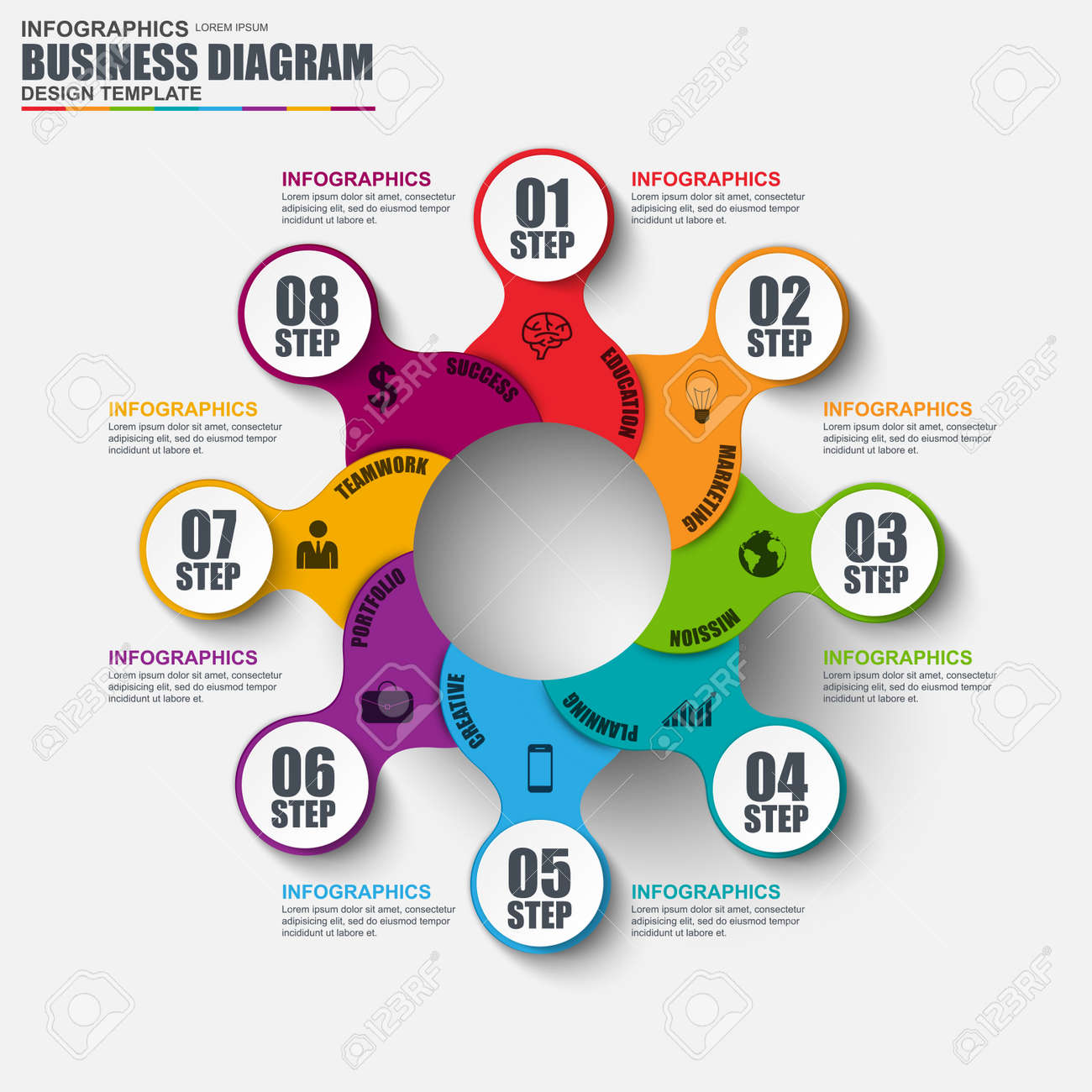The Evolution Of Web Site Layout: From Past To Existing
The Evolution Of Web Site Layout: From Past To Existing
Blog Article
Published By-Solis Harding
In the past, websites were simple and focused on info. Navigation was direct, and layout was for desktops. Currently, user experience is key. Data overviews styles for simple navigation. Receptive layouts fit various tools. Today, dark mode decreases stress, and minimalist menus improve navigating. Interactive features engage individuals, and bold visuals attract attention. AI assimilation boosts interaction. See just how design has advanced to improve your on-line journey.
Very Early Days of Web Design
In the very early days of website design, simpleness preponderated. Sites were fundamental, with restricted shades, font styles, and designs. The focus got on offering information rather than showy visuals. Individuals accessed the web via slow dial-up links, so rate and capability were essential.
Navigating menus were straightforward, usually situated on top or side of the page. Web sites were made for computer, as mobile browsing wasn't yet widespread. Material was king, and developers prioritized simple readability over intricate layout aspects.
HTML was the key coding language utilized, and designers had to function within its restraints. Computer animations and interactive features were minimal contrasted to today's criteria. Web sites were static, with little vibrant web content or personalized user experiences.
Rise of User-Focused Style
With the development of web site layout, a shift towards user-focused design principles has ended up being increasingly noticeable. professional seo services provider , creating internet sites that prioritize individual experience is critical for involving visitors and achieving service objectives. User-focused style entails comprehending the needs, preferences, and behaviors of your target market to tailor the internet site's layout, content, and features as necessary.
Designers currently conduct thorough study, such as customer studies and functionality testing, to collect insights and responses directly from users. This data-driven method aids in creating intuitive navigating, clear calls-to-action, and aesthetically enticing interfaces that resonate with visitors. By putting the individual at the center of the style process, websites can supply a more customized and delightful experience.
Responsive layout has actually additionally emerged as a vital facet of user-focused style, guaranteeing that sites are optimized for various devices and screen sizes. This versatility improves accessibility and use, catering to the diverse methods individuals engage with websites today. Basically, the rise of user-focused style indicates a shift in the direction of creating electronic experiences that focus on the demands and assumptions of completion user.
Modern Trends in Website Design
Discover the latest fads forming web design today. One noticeable pattern is dark setting style, offering a smooth and modern look while minimizing eye pressure in low-light atmospheres. Another crucial trend is minimal navigation, streamlining food selections and boosting user experience by focusing on essential elements. Integrating micro-interactions, such as animated buttons or scrolling effects, can create a much more engaging and interactive web site. Receptive layout remains vital, making certain smooth user experiences across numerous devices. In addition, utilizing vibrant typography and unbalanced layouts can include visual interest and draw attention to details web content.
Integrating https://www.inc.com/peter-roesler/2-digital-marketing-trends-to-consider-for-2022.html , like chatbots for customer assistance or personalized recommendations, enhances customer involvement and enhances processes. Accessibility has likewise come to be a considerable fad, with developers prioritizing inclusive design practices to accommodate diverse user requirements. Embracing sustainability by optimizing web site performance for rate and efficiency is another arising fad in website design. Collaborating with user comments and data analytics to repeat and enhance layout constantly is important for remaining pertinent in the ever-evolving electronic landscape. By embracing these modern-day patterns, you can develop a visually appealing, user-friendly site that reverberates with your target market.
Verdict
As you review the advancement of site design from the very early days to now, you can see how user-focused layout has actually become the driving force behind modern trends.
Accept the journey of change and adaptation in web design, always maintaining the user experience at the forefront.
Stay current with the current fads and modern technologies, and never quit evolving your method to create visually stunning and easy to use sites.
Develop, adjust, and produce - the future of web design remains in your hands.
